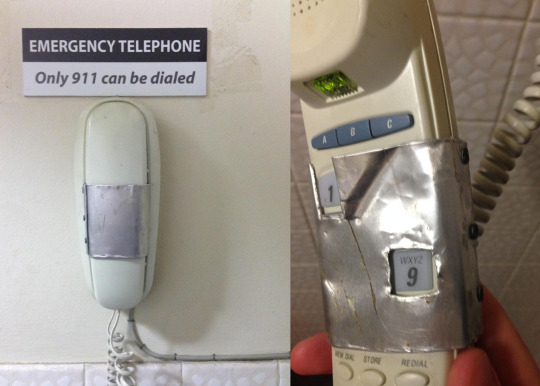Join devRant
Do all the things like
++ or -- rants, post your own rants, comment on others' rants and build your customized dev avatar
Sign Up
Pipeless API

From the creators of devRant, Pipeless lets you power real-time personalized recommendations and activity feeds using a simple API
Learn More
Related Rants

 What only relying on JavaScript for HTML form input validation looks like
What only relying on JavaScript for HTML form input validation looks like Found something true as 1 == 1
Found something true as 1 == 1
Wow, angular is still a pile of shit in 2024, nothing changed.
I renew my https://devrant.com/rants/7582990 previous rant
I've recently switched to angular 17, not because I'm a masochist, but because, unfortunately, we have a huge portal for a super huge multinational enterprise and it's made in angular.
It's 2 years worth of work, and they've suddenly decided it's cool to switch to angular 17, because standards, because it's new etc.
Now that this crap angular 17 came out I prepared my hair pulling room, where there are whips and self torture instruments, and I've typed into browser url they "super new super modern super efficient" angular.dev, which apparently is their new official super 1337 documentation site (spoiler, it's shit as the other if not worse).
Since they realized angular was pigshit, they decided to eviscerate it like a sacrifical lamb in ancient maya age and add lot of stuff that makes it modern and more friendly.
They think they made the big bang of news, but they implemented stuff that exist since 10 years after people were cutting their wrists in their github "request a feature" section for years.
Well, to make it brief, they made a whole clunky obscure way to bootstrap it and didn't even had the decency and modesty to properly document it (they never learn, sigh....)
In any case I put up a .NET minimal API that works well, and a small angular app with a Hello world page that fetches a "hello word" string from a test api route.
The api works everywhere, browser, postman etc etc.
But ta-dahhhh, in angular throws error.
They put various way of using http client. Main 2 are withFetch() and without.
withFetch() says "as error "Invalid self signed certificate" and withoutFetch "Unknown error".
Apparently we have to do shenanigans also to do some dev development
devrant
js
angular